Getting a mortgage is the first step for many people when buying a home, which is one of the biggest financial decisions they will ever make. But the mortgage application process can appear intimidating, with technical terms and intricate details that could make you feel overpowered. But do not worry! Mortgages don’t have to be difficult to understand. Let’s simplify and divide the house financing procedure into doable steps
Recognizing Your Financial Situation
It’s critical to evaluate your financial status prior to beginning the mortgage application process. This entails assessing your earnings, outgoings, credit rating, and outstanding debt. Knowing your financial situation will help you decide what kind of mortgage could be best for you and how much you can afford to borrow.
Examining Your Mortgage Options
Mortgages are available in a variety of forms and sizes, with unique terms, interest rates, and repayment schedules. Fixed-rate mortgages, adjustable-rate mortgages (ARMs), USDA, VA, and FHA loans are examples of common mortgage kinds. To choose which mortgage best suits your needs and financial objectives, take the time to investigate and contrast various mortgage possibilities.
Getting Pre-Approved: A pre-approval letter from a lender reinforces your position as a serious buyer in the eyes of sellers and provides you with a clear picture of how much you can borrow. You will need to submit financial documentation, such as pay stubs, tax returns, and bank statements, in order to get pre-approved. Once pre-approved, you’ll know exactly how much you can afford and be in a better position to begin your house search.
Applying for a Mortgage: The application procedure for a mortgage include providing a lender with comprehensive financial data, such as income, assets, employment history, and obligations. After examining your application, the lender will decide whether to grant you a loan and how much interest to charge you. Be ready to answer to the lender’s requests for information and to submit any more supporting papers.
Underwriting and Approval: The underwriting department of the lender thoroughly reviews your mortgage application when it is submitted. They will check that the property satisfies loan requirements, validate the information you submitted, and evaluate your creditworthiness. You’ll get final mortgage approval if everything checks out, at which point you can close on your new house.
Closing on Your Property: The last stage of the house loan procedure is closing day. It entails paying closing costs, officially assuming possession of the property, and signing a ton of paperwork. A summary of closing costs, which can include appraisal, title insurance, and loan origination fees, will be given by your lender. You’ll get the keys to your new house once all the paperwork is completed and the money is transferred.
Being knowledgeable about mortgages doesn’t have to be scary. You may confidently navigate the path to homeownership by dividing the home loan process into manageable parts and consulting with knowledgeable experts. Keep in mind that your house is a location where you live life to the fullest, make memories, and establish roots in addition to being a financial investment. So go ahead and start your thrilling journey towards homeownership right now!

